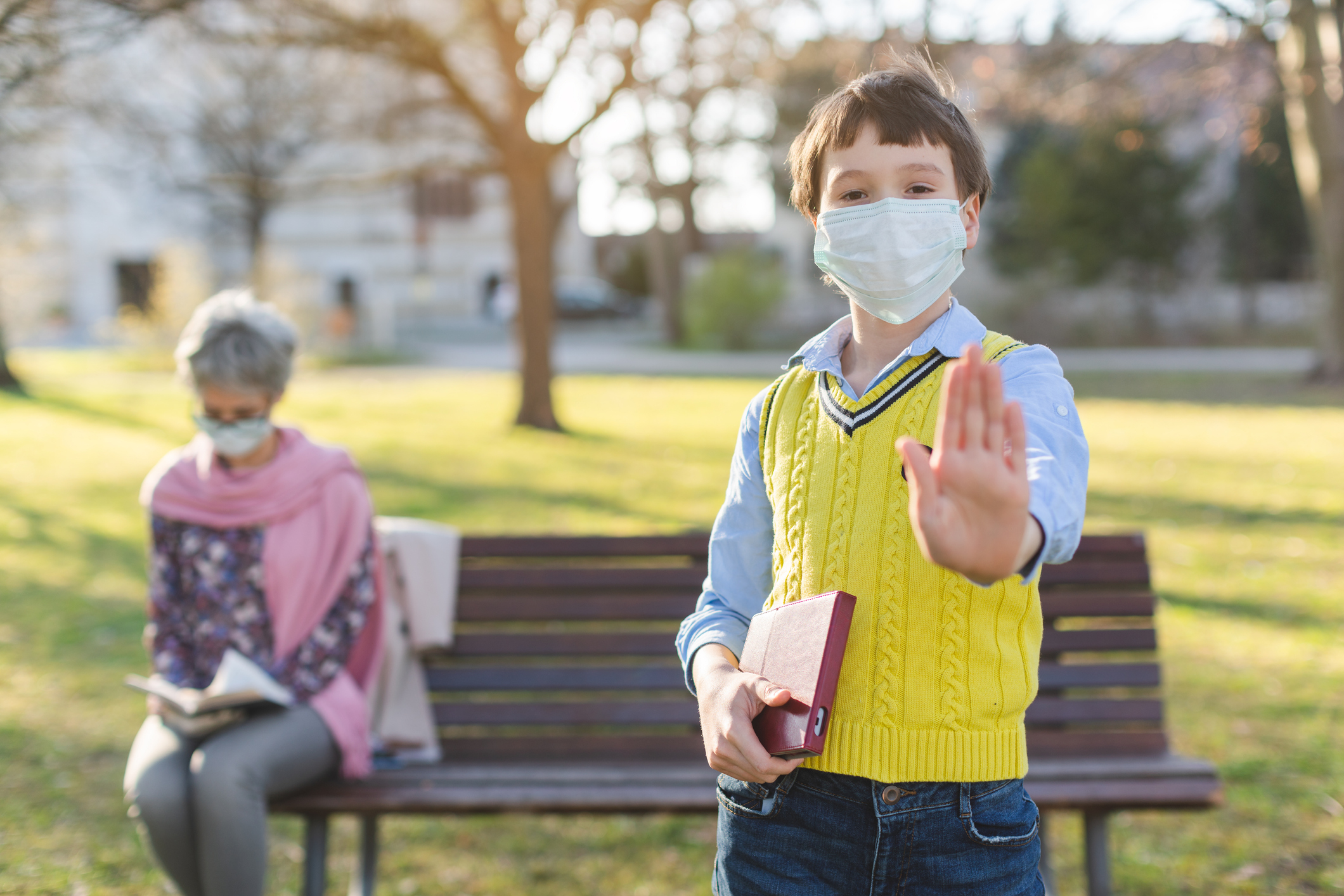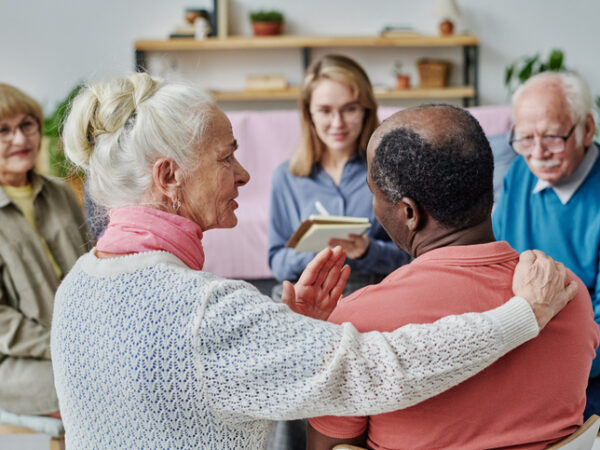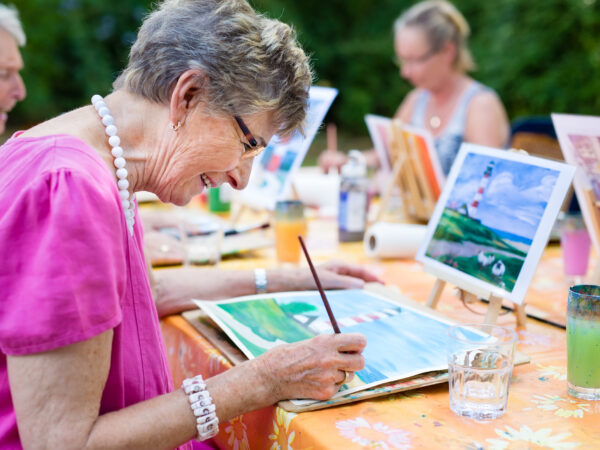After months in quarantine, several nursing homes are starting to allow family members to visit in states and provinces with low COVID-19 numbers. Safety measures to protect vulnerable elderly residents are mandatory. Residents and staff at long-term care facilities account for more than 40 percent of all coronavirus deaths in the United States, according to a recent USA Today analysis.
Protocols for each facility will be guided by governmental health agencies like the Centers for Disease Control and Prevention. Precautions may include wearing a mask, temperature screenings, and watching an instructional video about proper hygiene practices. Of course, there will be lots of thorough hand-washing for everyone involved.
Although introducing families back into nursing homes poses a risk for staff and residents, three months of social isolation and loneliness is also taking a toll on the health and well being of seniors. Some facilities are easing into re-opening by only allowing families to visit outdoors by appointment with strict physical distancing, hygiene and monitoring.
Protecting Seniors
Family can help protect elderly adults in long-term care by following these practices:
- Don’t visit if you feel unwell, even if symptoms are mild.
- Don’t visit if you have been in close contact with someone with COVID-19 within the past 14 days.
- Consider recent exposure. Are you a risk because you are an essential worker?
- Keep visits short, at a safe distance, preferably outdoors.
- Only one or two family members should visit at a time.
- Wash hands before and after visiting
- Wear a properly fitted face mask and avoid touching your face.
- Young children who cannot reliably follow these precautions should not visit.
Source: AARP Family Caregiving
For the gradual reopening of nursing homes to be safe, good communication between facilities and loved ones will be essential. Home caregiving has also been impacted by COVID-19 and the strain on family carers has been enormous. Some families have decided to care for their elderly loved-one without assistance but many require trained help to provide nursing care, physical therapy, or help with bathing. Talk with the agency providing care about what precautions they are taking and work together to develop a care plan that minimizes risk while providing essential services.
Learn more about creating a care plan during COVID-19 by following this link to the CDC website.






Add Your Voice
0 Comments
Join the Discussion